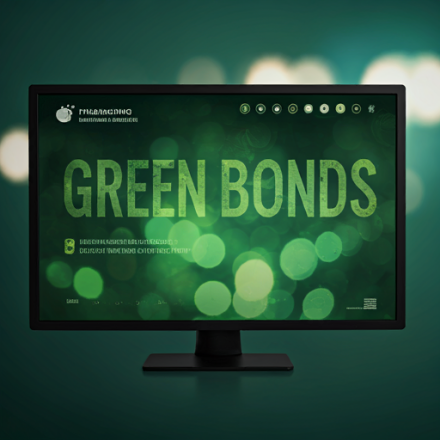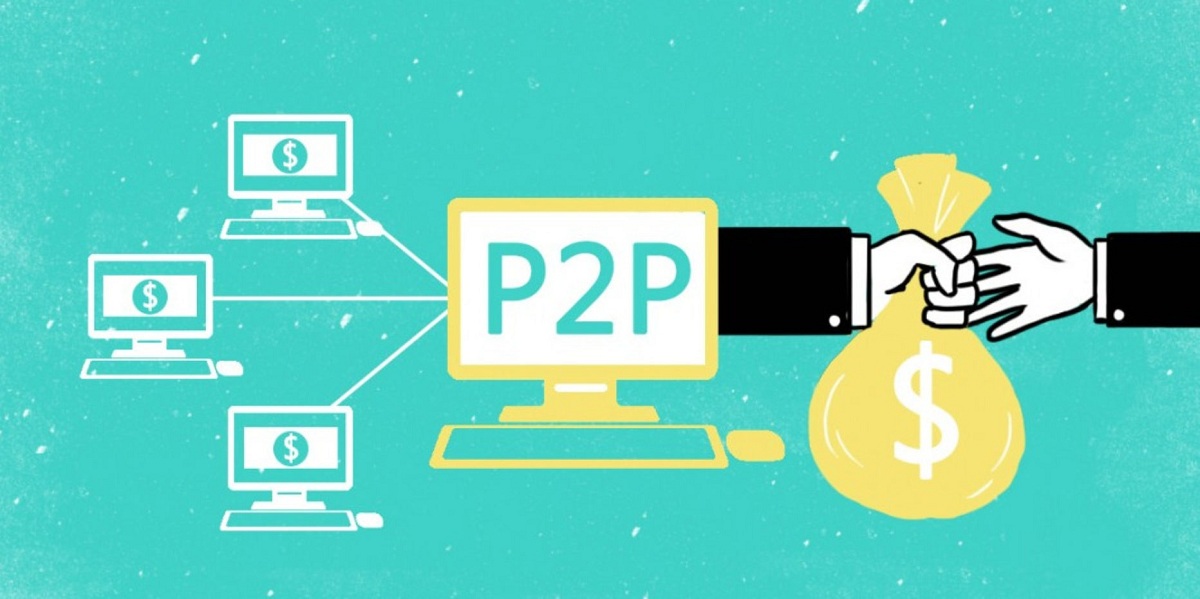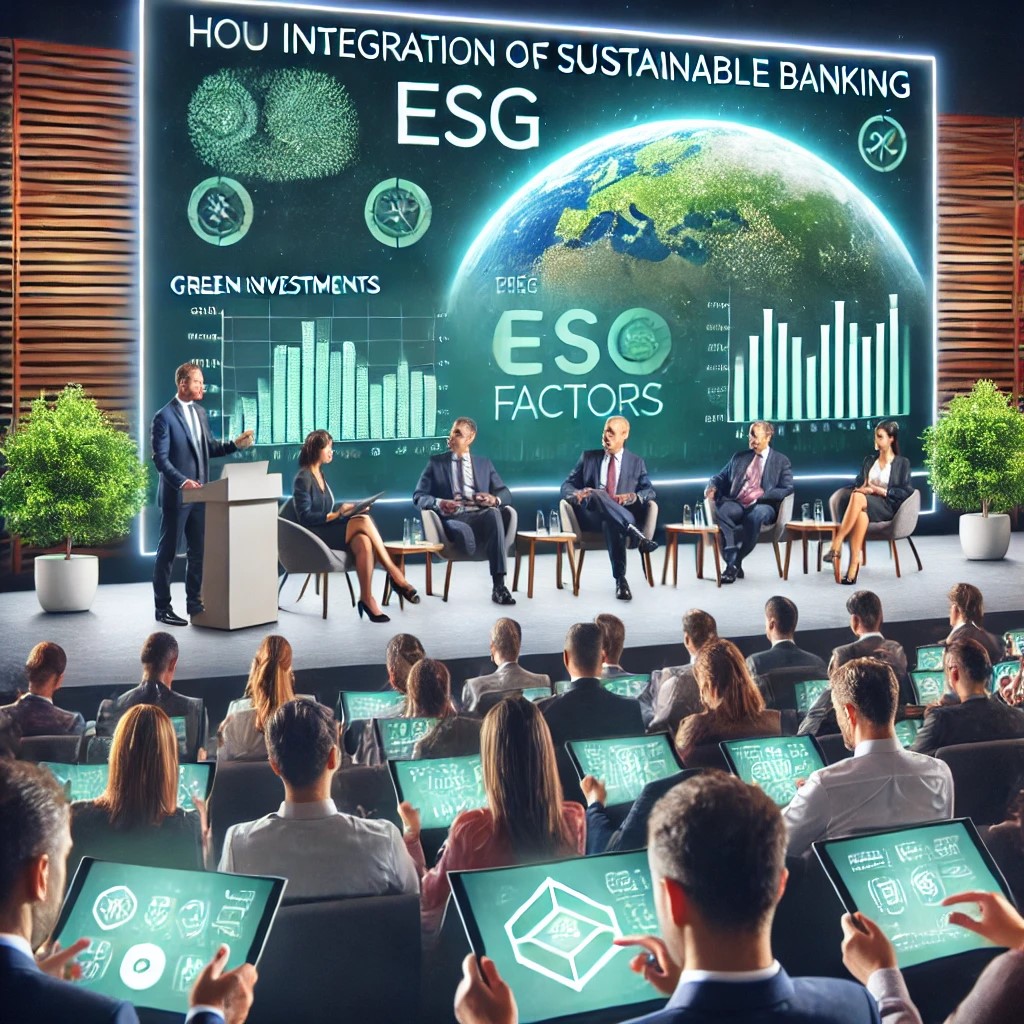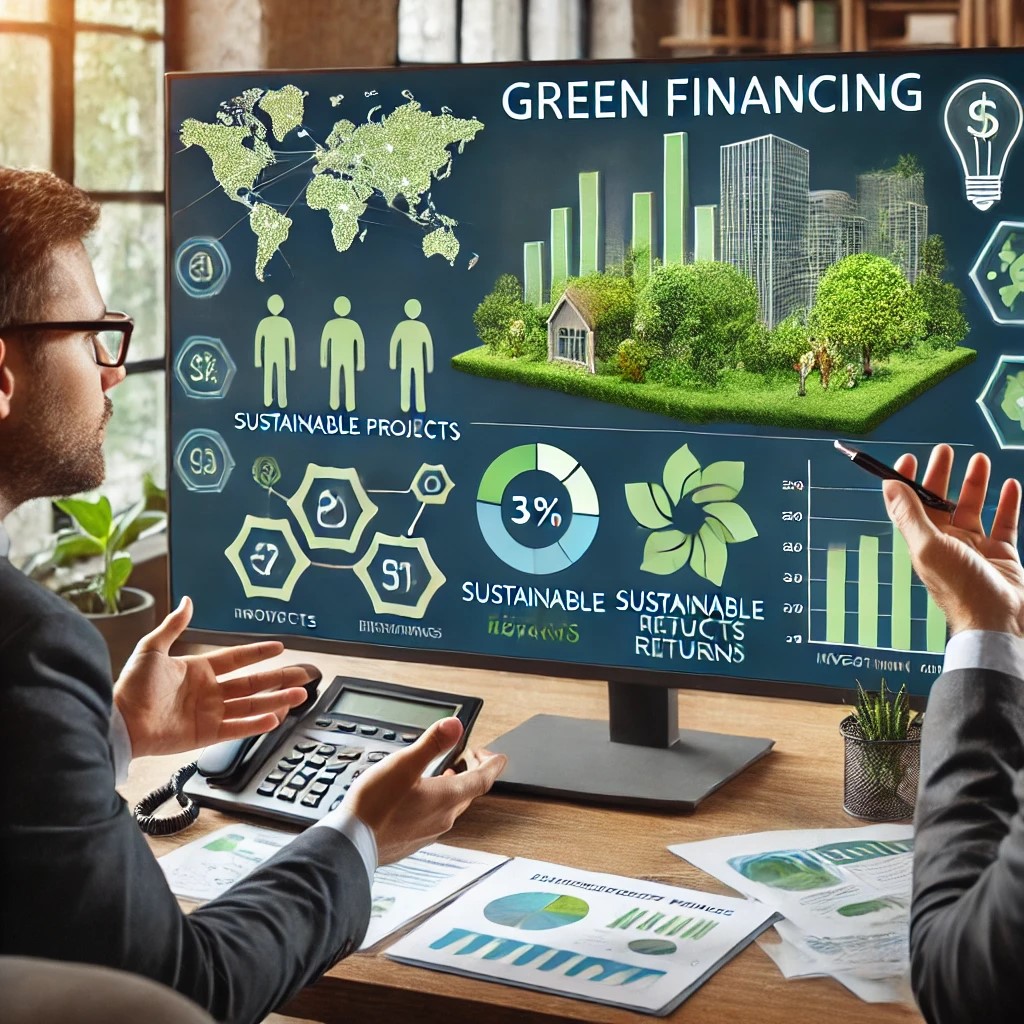As climate concerns and environmental goals intensify, green bonds are beginning to emerge as a strong pathway through which financial growth will be aligned with environmental impact. These types of bonds have gained investor, government, and business attention since they seek to merge financial growth with its environmental impacts. In this blog article, we will explore what green bonds are, their benefits and what they hold for future sustainable financing.
What are Green Bonds?
A bond marked as ‘Green’ is a fixed income instrument which is designed to raise funds for projects with ecological benefits. Governments, corporations and financial institutions issue green bonds which work like traditional bonds but are only used to fund projects supporting environmental objectives like renewable energy, clean water initiatives and sustainable infrastructure.

Why Green Bonds are Important for Sustainable Development?
Green bonds become an important bridge between the financial markets with the vision of sustainability efforts. As of 2022, the global market for green bonds has already surpassed $500 billion, thereby indicating a huge demand for green investment options. This type of bond affords the investor the chance to invest in sustainable activities while they continue to earn returns; hence, aligning the financial incentives of such investors to global environmental goals.
Using the Climate Bonds Initiative, green bonds have financed over 2,000 projects worldwide. These range from wind farms in Denmark to sustainable transport systems in Canada. This form of finance will become increasingly important as it creates opportunities for countries to meet their international climate commitment-known as the Paris Agreement, positioning their cumulative CO2 emissions below 2°C.
Benefits of Green Bonds
Green bonds offer a myriad of advantages to both issuers and investors. These are funding projects for environmental sustainability but carry additional advantages to those who issue or hold them.
- Transparency and Accountability: Green bonds make the issuers present environmental reports on their respective projects, meaning that investors directly see how their funds are employed. This transparency instills confidence and ensures that investors can ascertain the involvement of their money in proper green activities. For example, considering it as one of the largest green bond issuers, the World Bank annually publishes specific environmental results generated from the projects that it finances. This level of transparency reenforces accountability and ensures that investors know where they are ploughing their money.
- The Attraction of a New Class of Investors: Green bonds are likely to appeal to socially responsible investors who want a 'green' financial product. As increasing numbers of investors use ESG (Environmental, Social and Governance) criteria, it gives them an investment vehicle guided by the element of ethics. Approximately 80% of institutional investors use ESG considerations when making an investment decision; therefore, green bonds are likely to be a viable answer.
- Financial Incentives and Tax Benefits: Incentives and tax benefits in favor of green bonds are thought to be observed among governments. For instance, in some countries, tax exemptions or credits are provided to the green bond's investors, thereby making such an investment more financially affordable. With lower interest rates, this aspect makes the green bonds an attractive financial investment for private as well as institutional investors.
- Innovative Green Technology: Green bonds invest not only in existing projects but also innovations. The funds gained from green bonds can be utilized by companies and governments in their move to achieve a preferred environmental outcome through innovative technologies such as carbon capture, sustainable agriculture, or smart energy systems. This forward thinking spurs technological development that is the step towards a sustainable future.
How Green Bonds Work?
Green bonds are, for all practical purposes, like regular bonds. Here, a firm or government issues green bonds by borrowing from investors that promise to repay the main amount at maturity, plus interest accrued, on the agreed date. What is unique about green bonds is the additional requirements; these are primarily ensuring that the raised funds are utilized for projects with clear-cut environmental benefits.
Steps Involved in Issuance and Investment in Green Bonds
- Certification and Standards: First, an independent third party certification body, such as the Climate Bonds Initiative, should certify that the bond complies with the green standards.
- Raising Capital: After obtaining the certification, the issuer sells the green bond to investors. Generally, the interested investors in this kind of sustainable project are individuals and institutional investors along with ESG-focused funds.
- Project Financing and Reporting: The amount collected is used to fund pre-approved environmental projects. In addition, the issuers must report periodically to the investors on how the money is being spent as well as the impact of the funds.
- Interest Payments and Maturity: Green bonds operate like other bonds in that interest is paid periodically. Finally, at maturity, the principal is repaid to investors.

Projects Financed Using Green Bonds
Green bonds have been issued for various well-known projects globally. Here are some examples of the extent and effects of this funding:
- New York City: In 2021, New York City raised over $400 million in green bonds to finance clean water infrastructure, including stormwater management systems and wastewater treatment plants. This effort reduces pollution in local rivers and improves water quality.
- China's Solar Power Building: China raised a series of green bonds above $1 billion to raise funds for solar power infrastructure development in several provinces. It further underpins China's aggressive target of becoming carbon neutral by 2060.
- Europe Green Transportation: The European Investment Bank issued green bonds to use on low-impact transportation projects such as electric railways and public transportation upgrade. The project reduces carbon emissions through low-carbon travel.
Risks and Challenges of Green Bonds
While green bonds hold attractive advantages, risks are also associated with the issuance of these bonds. Here are a few concerns that investors should know before investing in green bonds.
- Risk of Greenwashing: Greenwashing is a risk that the money actually may not be invested in environmental projects even with a "green-labeled" bond. There is a means of reducing this risk by finding those bonds labeled and certified by institutions such as the International Capital Market Association's Green Bond Principles.
- Interest Rate and Inflation Risk: Similar to conventional bonds, green bonds are sensitive to changes in interest rates. When interest rates rise, the price of bonds goes down, meaning that investor yield is affected. Moreover, a high interest coupled with an unstable economy takes away the purchasing power of the interest.
- Lesser Liquidity in Certain Markets: Some green bonds will be relatively illiquid compared with regular bonds. For example, if the issuer is smaller or from emerging markets. Sometimes, selling them quickly or at the right price is extremely difficult, particularly in these less mature markets.
How to Invest in Green Bonds?
Investing in green bonds has never been easier. Many financial institutions, mutual funds and ETFs offer green bonds. Following are the steps about how to get started:
- Identify Issuers and Projects: Ensure to identify issuers that are well-established with a good reputation in the green bond market, such as the World Bank or significant municipalities.
- Identify Green Bond Funds or ETFs: One of the best ways for beginners to start exploring the green bond market is through funds or exchange-traded funds offering diversified portfolios of green bonds. Long-term investment green bonds are usually the most effective for long-term investments. Their value and impact increase as time goes by. You need to be patient because there will be minor variation of the interest rates or bond values, especially with longer-term bonds.

Future Prospects
Green bonds are exciting investment opportunities for those invested in sustainable growth that would ultimately provide steady returns. Green bonds are therefore seen to bridge the gap between finance and sustainability in that it, still with the current gesticulation of environmental issues taking a large seat at the global agenda, savors a much-tolerated clean future while reaping potential incentives from the government alongside exquisite interest rates. Whether you are a seasoned investor or just getting started, green bonds provide the opportunity to make your financial goals sync with values for a better world.

Green Bonds: Financing the Future of Sustainable Projects

Crypto Wallets Demystified: Which Type Is Right for You?

How to Build a Passive Income Portfolio

The Impact of Technological Innovations on Traditional Banking Models

The Role of Financial Institutions in Infrastructure Development

The Impact of Technological Disruption on Investment Strategies

The Financial Implications of Natural Disasters on Insurance Markets
